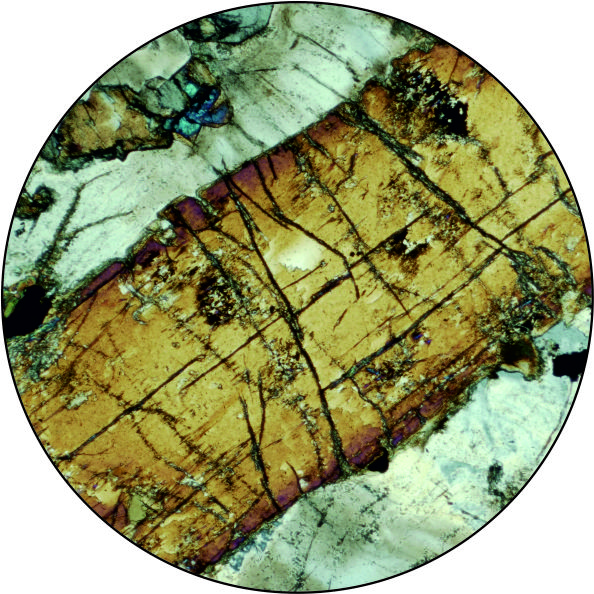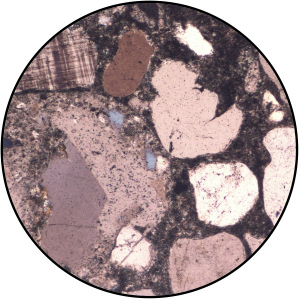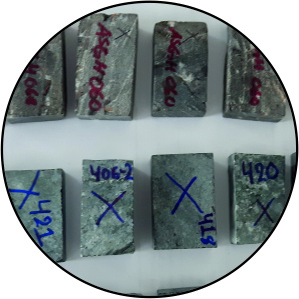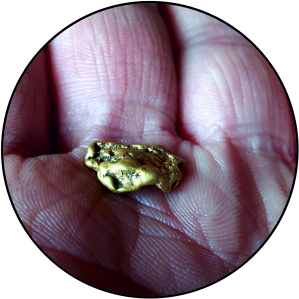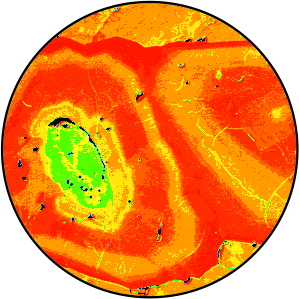Geology prospecting and exploring for natural resources
Our company have more than 10 years expirience in geology prospecting and exploration for natural resources in Poland and Laos. We are offering full support and consulting in geology projects, including field prospection, sampling, drilling, geochemistry interpretation, thin section examination, reporting and resources calculation.
Desk-Based Studies:
Literature Review: Review existing geological maps, reports, and publications to understand the regional geological setting, known mineral occurrences, and previous exploration activities.
Data Compilation: Gather and compile existing geological, geophysical, and geochemical data from various sources to develop a comprehensive database for the target area.
Geological Mapping:
Conduct detailed geological mapping of the target area to identify rock formations, structures, and geological features that may host mineral deposits or hydrocarbon reservoirs.
Collect rock samples for laboratory analysis to determine mineralogy, alteration, and geochemical signatures indicative of mineralization or hydrocarbon potential.
Geophysical Surveys:
Employ various geophysical methods, such as seismic reflection, gravity, magnetic, and electrical surveys, to acquire subsurface data and identify potential targets for further exploration.
Interpret geophysical data to delineate geological structures, stratigraphy, and potential mineral or hydrocarbon-bearing zones.
Geochemical Sampling and Analysis:
Collect soil, rock, and water samples for geochemical analysis to identify anomalies and trace element signatures associated with mineralization or hydrocarbon migration.
Use advanced analytical techniques, such as ICP-MS (Inductively Coupled Plasma Mass Spectrometry) and XRF (X-ray Fluorescence), to quantify elemental concentrations and determine the geochemical characteristics of the samples.
Drilling and Exploration:
Based on the results of geological, geophysical, and geochemical investigations, plan and execute exploratory drilling programs to test potential targets and evaluate the presence of mineral deposits or hydrocarbon reservoirs.
Conduct logging, sampling, and testing of drill cores or cuttings to assess the geological characteristics, mineralogy, and potential economic viability of the discovered resources.
Resource Estimation and Evaluation:
Utilize geological data, drilling results, and statistical methods to estimate the size, grade, and tonnage of the mineral deposit or the volume and recoverable reserves of oil and gas.
Evaluate the economic feasibility and investment potential of the discovered resources, considering factors such as commodity prices, extraction costs, infrastructure requirements, and regulatory considerations
Expirience in geology exploration and prospection
Poland - copper&silver sediment hosted type deposits
Poland - gold vein type deposit
Poland - limestone, dolostone, gravel and sand deposits
LAO PDR - Gold vein, gold epithermal, porphyry type deposits
Kazakhstan - Coal, Gold vein deposit
Kyrgyzstan - gold epithermal deposit
Mongolia - porphyry copper&gold, epithermal gold deposit
Looking for geology prospects
In order to constantly expand the offer of our company for international markets, we are interested in new geological projects.




